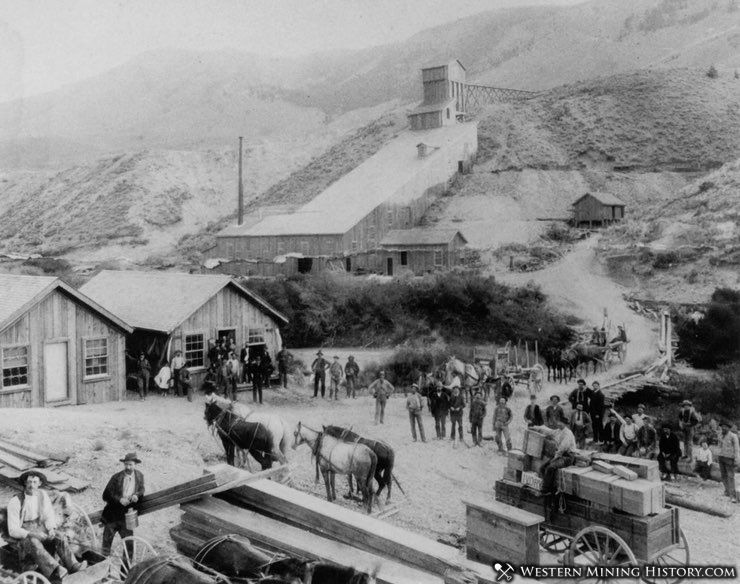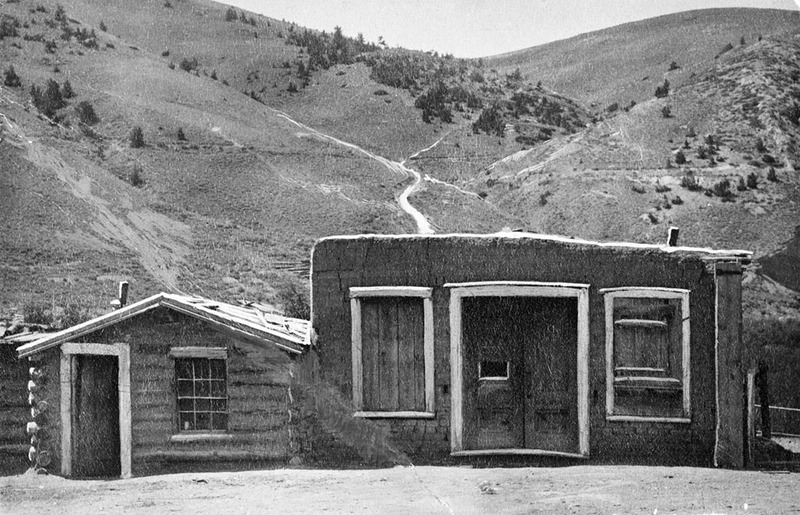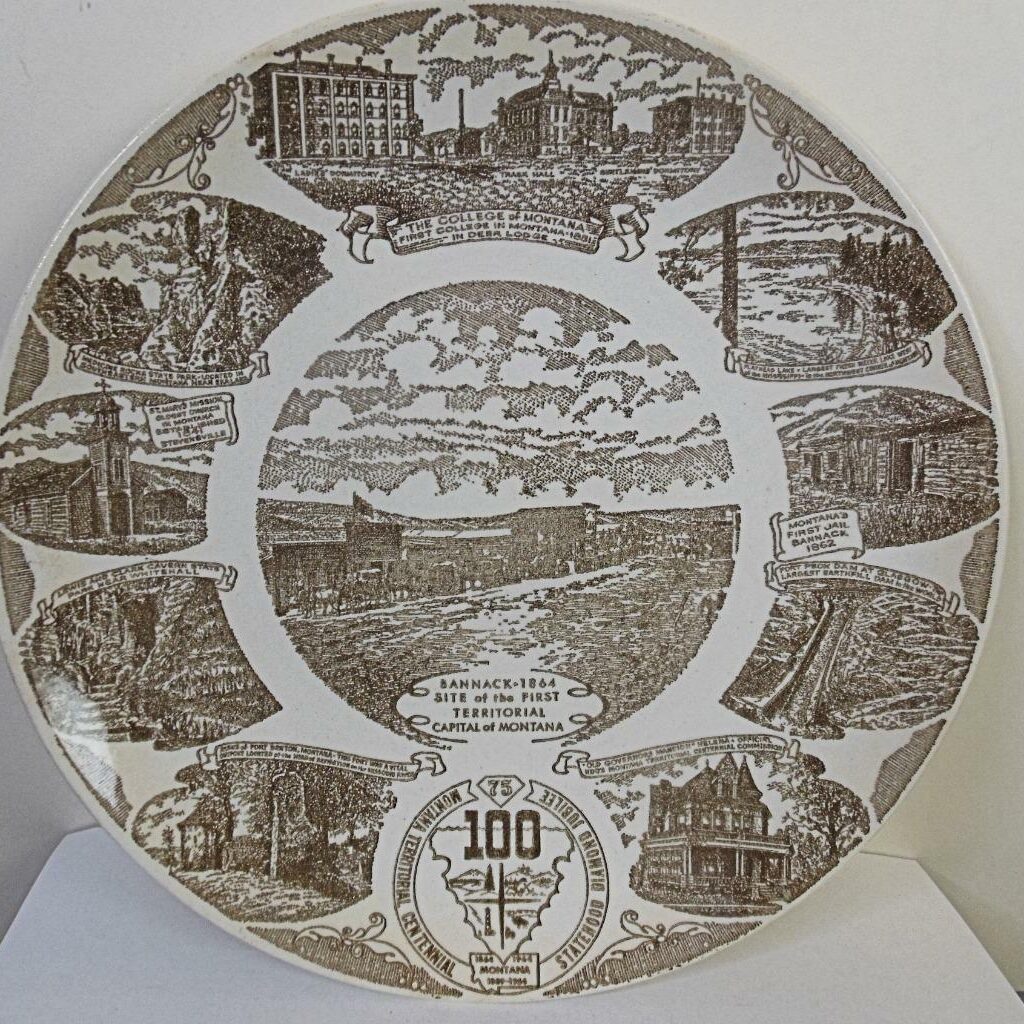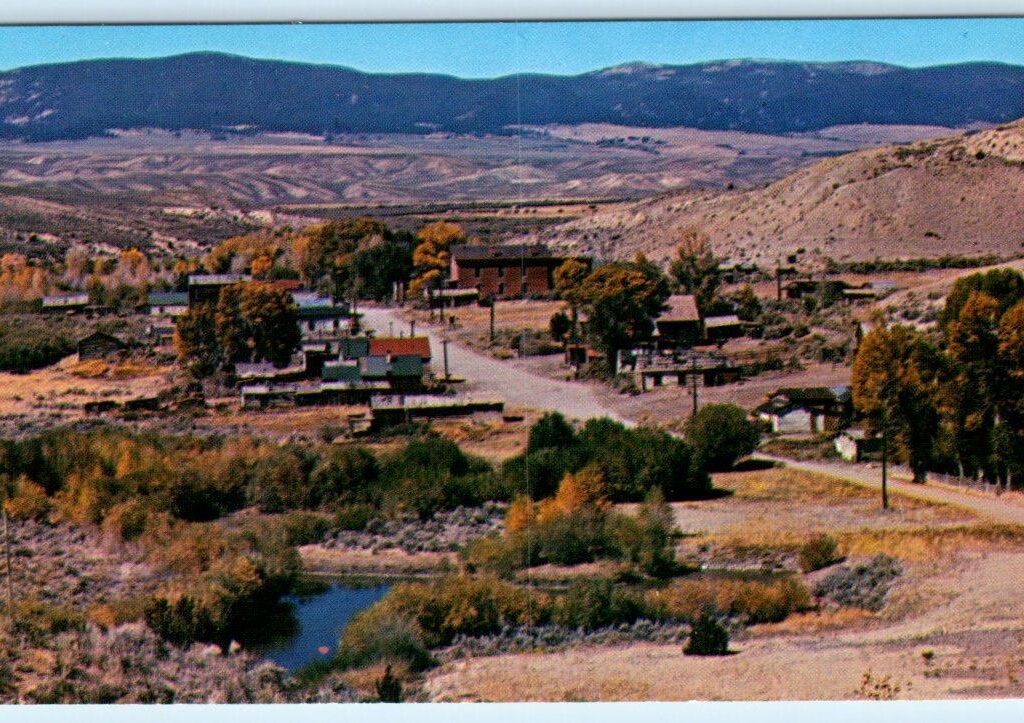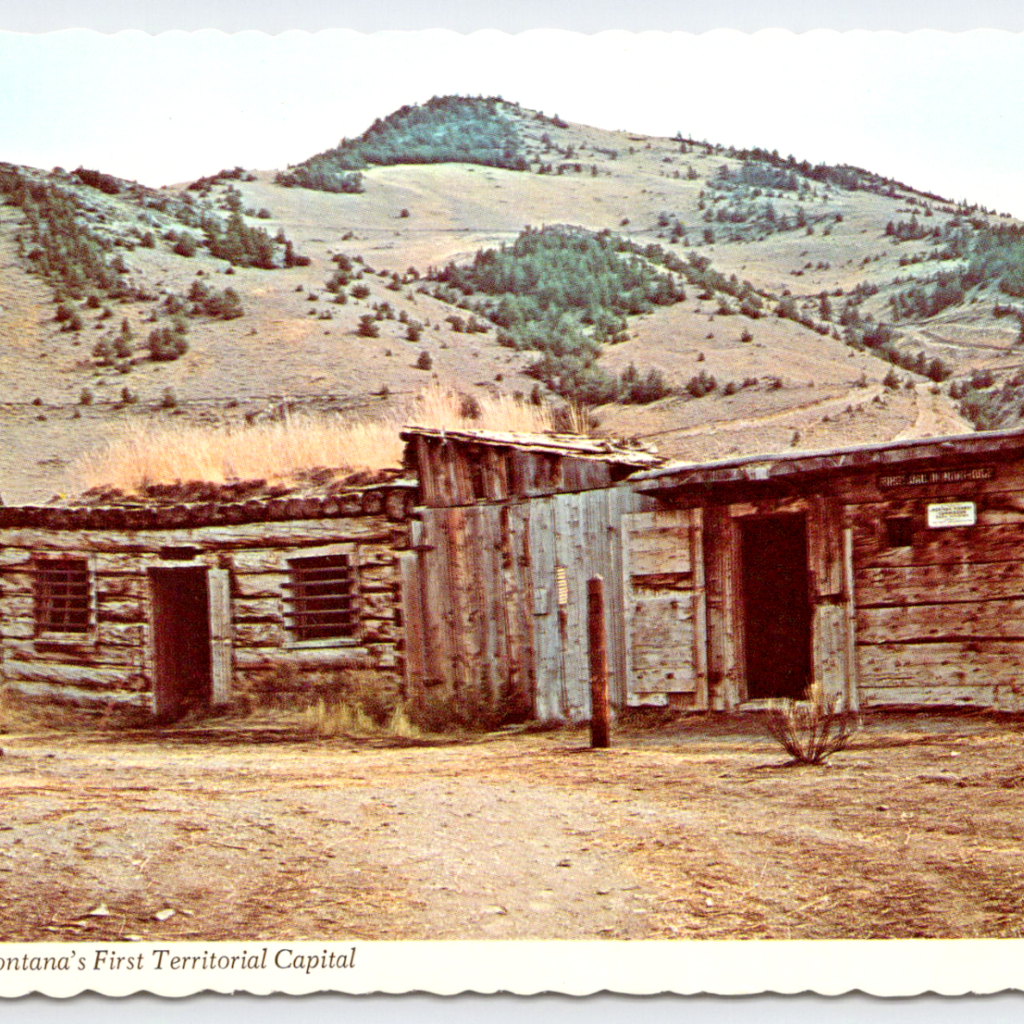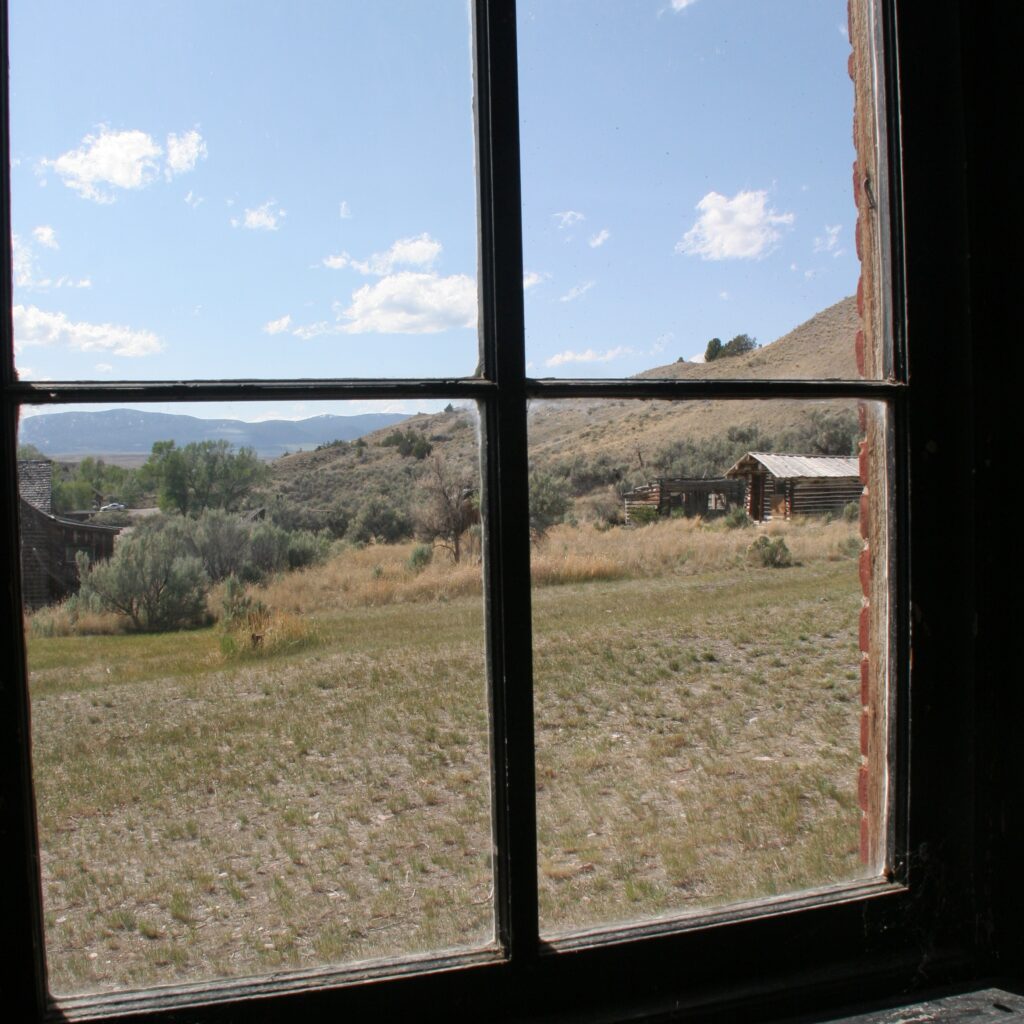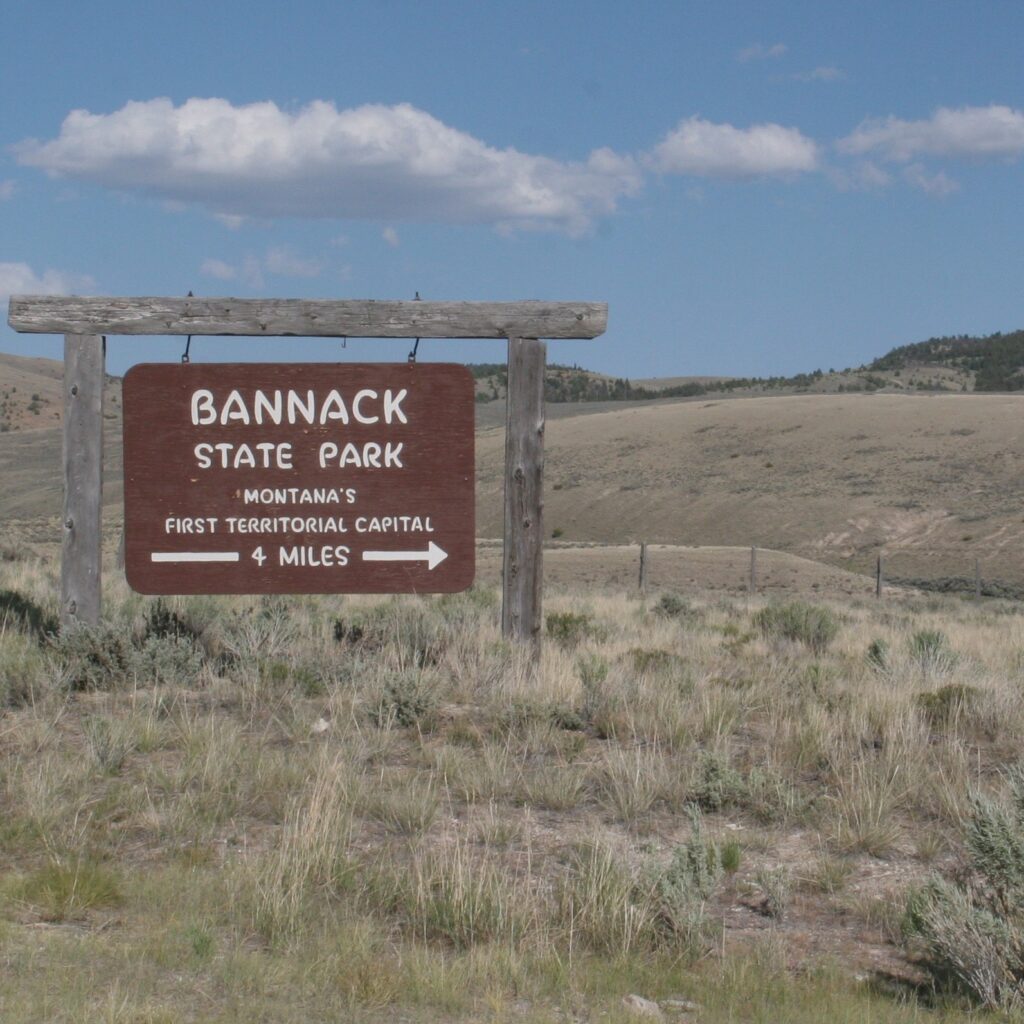
About
Bannack State Park in Montana preserves the ghost town of Bannack, which was the first territorial capital of Montana and the site of the state’s first major gold discovery. The town was founded in 1862 after John White discovered gold in Grasshopper Creek, sparking a rush of miners and settlers to the area.
Early History and Gold Rush
Bannack quickly became a booming mining town, attracting prospectors from across the country. By 1863, it had grown large enough to be designated the capital of Montana Territory. However, in 1865, the capital was moved to Virginia City, and Bannack’s prominence began to decline.
Outlaws and Vigilantes
During its peak, Bannack was infamous for lawlessness and crime. One of the most notorious figures was Henry Plummer, who was elected sheriff of Bannack in 1863. However, Plummer was secretly the leader of an outlaw gang known as the “Innocents,” responsible for numerous robberies and murders. In 1864, a group of vigilantes formed and hanged Plummer and several of his gang members, bringing a semblance of order to the region.
Decline and Ghost Town Status
As gold mining operations dwindled, Bannack’s population decreased, though small-scale mining continued into the early 20th century. By the 1950s, the town was largely abandoned. In 1954, the state of Montana acquired the site and designated it a state park to preserve its historic structures.
During the Old West Trail days
After Bannack became a state park in 1954, efforts to preserve the remaining buildings and history of the town began. Unlike some ghost towns that were revitalized or modernized, Bannack remained largely untouched, with its structures left in a state of “arrested decay.” The town became a destination for history enthusiasts, photographers, and adventurous travelers seeking to explore its past.
During this period, former residents and their descendants occasionally returned to visit, sharing stories of Bannack’s past. Some buildings were stabilized to prevent collapse, and interpretive signs were added to educate visitors about the town’s history. The 1970s and 1980s saw an increase in tourism, especially as ghost towns gained popularity in American pop culture. Paranormal investigators and curiosity seekers were also drawn to Bannack due to its legends of hauntings.
Despite its abandonment, Bannack remained a symbol of Montana’s Wild West history. Local historians and state officials worked to ensure its legacy was preserved while maintaining its authentic ghost town atmosphere.
Today
Today, Bannack State Park is one of the best-preserved ghost towns in the American West, offering visitors a glimpse into Montana’s rugged frontier past. More than 60 historic structures still stand, including the Hotel Meade, the old schoolhouse, and various cabins and storefronts. Unlike many ghost towns that are heavily commercialized, Bannack remains in its original state, allowing visitors to walk through buildings and experience the town much as it was over a century ago.
The park offers self-guided tours, as well as ranger-led programs that provide insight into the town’s history, gold rush era, and infamous past. Each summer, Bannack Days brings the town to life with reenactments, wagon rides, gold panning, and live music, creating an immersive Old West experience.
For those seeking adventure, the park is also rumored to be one of Montana’s most haunted locations, with ghost stories surrounding the old hotel and jailhouse. Camping and fishing opportunities are available nearby, making it a great destination for history buffs and outdoor enthusiasts alike.
Whether exploring its historic buildings, participating in special events, or simply soaking in the eerie beauty of the ghost town, a visit to Bannack State Park offers a unique journey into Montana’s past.
All photos below by Steven Keig
Additional links and information
The following are additional links and information about the Little Bighorn Battlefield.

